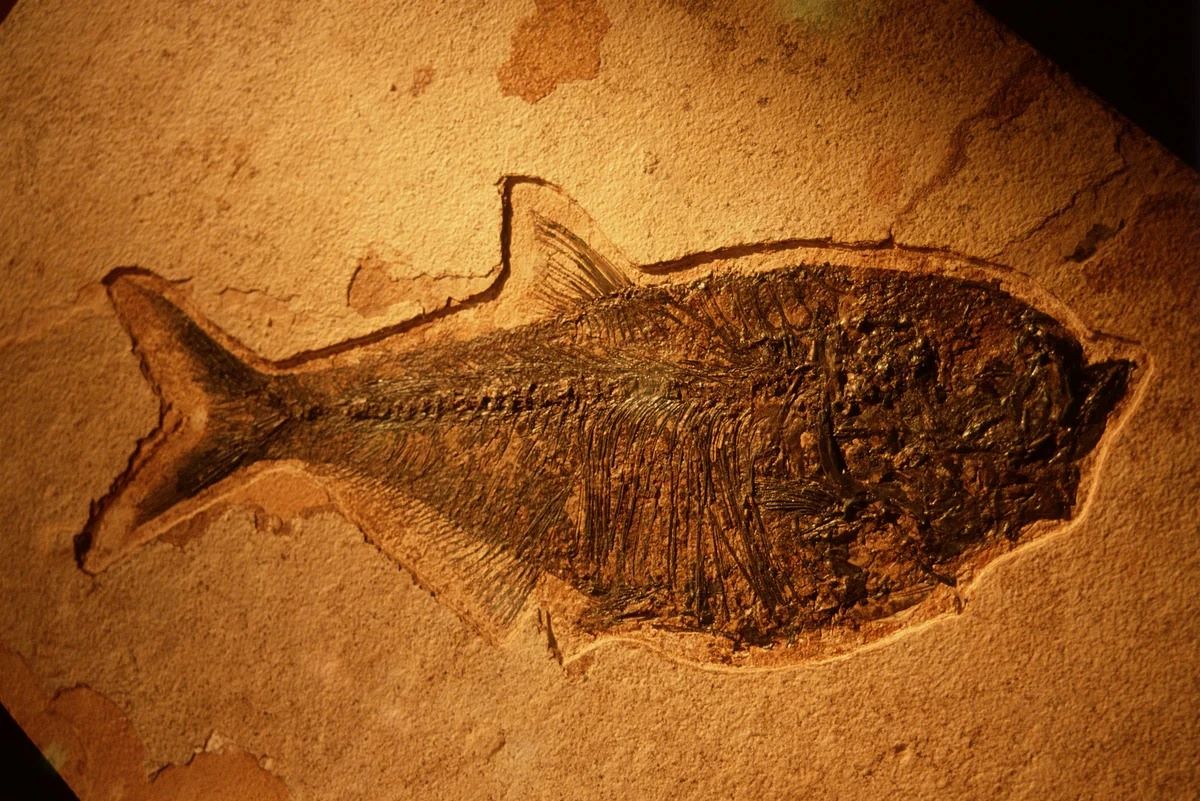
Fossilization is a captivating process that turns once-living organisms into stone over millions of years. Ever wondered how a simple leaf or a giant dinosaur bone becomes a fossil? Fossils offer a peek into Earth's ancient past, revealing secrets about extinct species and their environments. From the formation of amber to the intricate details preserved in petrified wood, the journey of fossilization is nothing short of amazing. This blog post dives into 30 intriguing facts about fossilization, shedding light on how these natural time capsules form, what conditions are necessary, and why they are invaluable to scientists. Get ready to uncover the mysteries of the past!
What is Fossilization?
Fossilization is a fascinating process that preserves the remains of ancient organisms. It provides a window into the distant past, allowing scientists to study life forms that existed millions of years ago. Here are some intriguing facts about fossilization.
- Fossils are typically found in sedimentary rocks, which form from the accumulation of sediments over time.
- The word "fossil" comes from the Latin word "fossilis," meaning "dug up."
- Fossilization is a rare event because it requires specific conditions to occur, such as rapid burial and the presence of hard parts like bones or shells.
- There are several types of fossils, including body fossils (actual parts of the organism) and trace fossils (evidence of the organism's activities, like footprints or burrows).
- Petrification is a common form of fossilization where organic material is replaced with minerals, turning it into stone.
How Fossils Form
Understanding the process of fossilization helps us appreciate the rarity and value of fossils. Here are some key steps in the formation of fossils.
- An organism must die in an environment where it can be quickly buried by sediments, such as in a riverbed or ocean floor.
- Over time, layers of sediment build up, creating pressure that helps preserve the remains.
- Minerals in the surrounding water can infiltrate the remains, replacing organic material and hardening into rock.
- Fossils can also form through carbonization, where only the carbon residue of the organism remains, creating a detailed imprint.
- Molds and casts are another form of fossilization, where the original remains dissolve, leaving a cavity that gets filled with minerals.
Types of Fossils
Fossils come in various forms, each providing unique insights into ancient life. Here are some different types of fossils.
- Amber fossils are formed when organisms get trapped in tree resin that hardens over time.
- Ice fossils preserve organisms in a frozen state, often with soft tissues intact.
- Tar pit fossils occur when animals get trapped in natural asphalt, preserving their bones.
- Coprolites are fossilized feces, providing information about the diet and behavior of ancient animals.
- Gastroliths are stones swallowed by some animals to aid digestion, which can become fossilized.
Famous Fossil Discoveries
Throughout history, several fossil discoveries have significantly advanced our understanding of prehistoric life. Here are some notable examples.
- The discovery of Archaeopteryx in Germany provided crucial evidence for the link between birds and dinosaurs.
- Lucy, a 3.2-million-year-old Australopithecus afarensis skeleton, offered insights into early human evolution.
- The Burgess Shale in Canada is famous for its well-preserved fossils from the Cambrian period.
- The La Brea Tar Pits in Los Angeles have yielded thousands of fossils from the Ice Age, including mammoths and saber-toothed cats.
- The discovery of the first dinosaur bone by William Buckland in 1824 marked the beginning of paleontology as a scientific discipline.
The Importance of Fossils
Fossils are not just relics of the past; they play a crucial role in our understanding of Earth's history and the evolution of life. Here are some reasons why fossils are important.
- Fossils provide evidence of how life on Earth has changed over millions of years.
- They help scientists understand past climates and environments.
- Fossils can indicate the presence of natural resources, such as oil and coal.
- They offer clues about the behavior and interactions of ancient organisms.
- Fossils help us understand the process of evolution and the relationships between different species.
Challenges in Fossil Study
Studying fossils is not without its challenges. Here are some of the difficulties paleontologists face.
- Fossils are often incomplete, requiring scientists to make educated guesses about the missing parts.
- The process of excavation can be time-consuming and delicate, as fossils can be easily damaged.
- Identifying and classifying fossils requires extensive knowledge and expertise.
- Fossils can be found in remote or inaccessible locations, making fieldwork challenging.
- The interpretation of fossil evidence can be controversial, with different scientists sometimes reaching different conclusions.
Fossilization Facts: The Takeaway
Fossilization is a fascinating process that gives us a glimpse into Earth's ancient past. From petrification to carbonization, each method preserves different aspects of prehistoric life. Fossils aren't just bones; they include footprints, leaf imprints, and even dinosaur dung. The conditions for fossilization are rare, making each discovery precious. Paleontologists use these remnants to piece together the history of life on our planet. Understanding fossils helps us learn about extinct species, climate changes, and evolutionary patterns. So next time you see a fossil, remember it's a window into a world millions of years old. Whether it's a trilobite or a Tyrannosaurus rex, each fossil tells a unique story. Keep exploring, stay curious, and who knows—you might just uncover the next big find in paleontology!
Was this page helpful?
Our commitment to delivering trustworthy and engaging content is at the heart of what we do. Each fact on our site is contributed by real users like you, bringing a wealth of diverse insights and information. To ensure the highest standards of accuracy and reliability, our dedicated editors meticulously review each submission. This process guarantees that the facts we share are not only fascinating but also credible. Trust in our commitment to quality and authenticity as you explore and learn with us.


